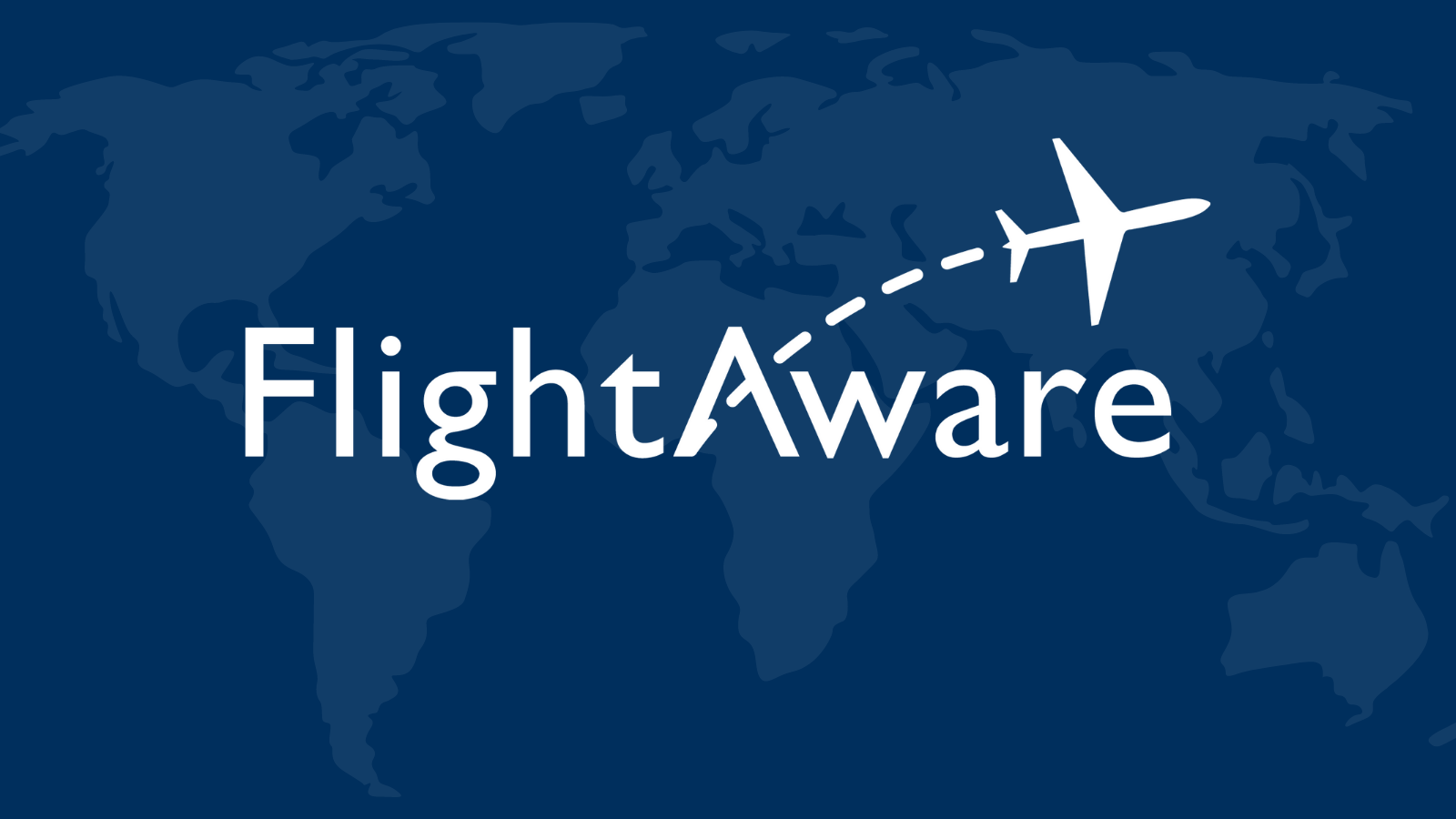micheal_can
Senior Member
And? It's not like Peel residents aren't in Hamilton's effective catchment. Square One to Hamilton airport is a 50 minute drive. Maybe a 1hr 15 mins in traffic. Plenty of folks will do that for a cheaper fare. Heck, might take almost that long getting to Pickering in traffic!
If you're building a large second airport, to rival Pearson, you have to cover where the actual population growth is. The Eastern GTA is actually quite well served by Pearson and the Island. Really, it's KWC, London, Hamilton, Burlington and Brantford that aren't well served by Pearson.
Look at the map. Look at where traffic is. Look at the areas of major population growth. Look at areas that are underserved. Look at where the infrastructure already is. Hamilton seems like a no-brainer to me. Just to build what's there at Hamilton today would probably take over a decade in Pickering.
The growth is not just east of Toronto. It is north and west of Toronto as well. Think of expanding Hamilton not to compete with Pearson, but to relieve it. The DRL in Toronto is not to compete with Line 1, it is to relieve it. GO train is not there to compete with the highways, but to relieve it.
So, building a GO train connection to Hamilton would make it more appealing to people. As someone who enjoys a yearly hot trip, when I talk about where to fly out of, Hamilton is also on my list. It is an extra hour drive, but if I can safe, then why not?
The ironic thing is, Pickering's airport location isn't a bad idea, but with so much more space in places like Hamilton and KW, and even London, why spend the money?





